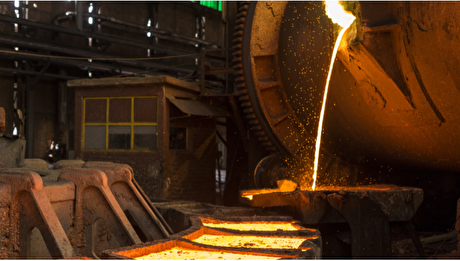
Petrobras touts lasting Chinese thirst for pre-salt oil
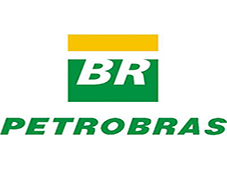
China's share of the 806,000 b/d of crude that Petrobras exported in the first quarter fell to 48pc from 68pc in fourth quarter 2019. Chile, Spain, Singapore and South Korea, among others, took more of the company's crude supply in the three-month period, a trend that has extended into the second quarter.
Last month, Petrobras exported a record 1mn b/d of crude, around 60pc of that headed for China.
"Our commercial team has been developing a long-term relationship with refiners in Shandong (province) even during the crisis, because crude from the Lula, Iracema and Sapinhoa fields has the same overall characteristics as Chinese grades, such as Shengli, that are experiencing declining production," Petrobras chief logistics officer André Chiarini said on an earnings call today.
Lower Brent prices put a dent in Petrobras' upstream revenue in the first quarter, but the company says sales to China are still commercially compelling.
"Despite smaller margins above Brent in China, and even with increased freight cost, we still have a very interesting fob netback price," Petrobras downstream director Anelise Lara said. "The demand for fuel in China is ramping up very fast and they are eager to buy more oil from us."
Petrobras said "extreme volatility" and the 45-day journey to China prompted the firm in April to adopt a crude export hedge that locks in the spot price on the sale date.
Chiarini says the company has the logistics capacity to increase crude exports by around 10pc, if needed, and does not envisage any additional production cuts because of demand or logistics constraints. But crude exports could decline as the company focuses on a slow recovery in the domestic fuel market and a renewed focus on fuel production for export.
Upstream director Carlos Alberto Pereira de Oliveira said the company has not seen changes in upstream operations that merit a revision of its 2020 domestic production target of 2.7mn b/d of oil equivalent (boe/d), +/-2.5pc, up from a first quarter average of 2.32mn b/d.
Petrobras had planned to cut around 200,000 b/d from domestic output in early April in response to the oil price crash and demand collapse driven by the Covid-19 pandemic. But the firm revised output targets upwards later in the month on higher-than-expected demand.
A 23,000 b/d reduction from the mothballing of 62 shallow-water platforms will not be added back to the company's domestic production portfolio, but increases in output at the Buzios pre-salt field and the planned second quarter start of the Atapu pre-salt field should more than compensate for the loss.
Utilization rates at the Rio-based company's 13 domestic refineries averaged around 60pc in April as the pandemic eroded fuel demand at home. But Petrobras highlighted robust international demand for low-sulfur marine fuel. And throughput is creeping up in response to a bounce in domestic gasoline demand.
"In terms of demand for fuel, we had a huge impact in the first weeks of April when we had a 50pc drop in diesel demand, 65pc for gasoline," Lara said. "We don't believe jet fuel will recover soon. For diesel, gasoline, bunker, naphtha and other oil products, we expect to see an almost complete recovery in the third and fourth quarter."
The rebound could help put Petrobras' plan to sell around half of its 2.2mn b/d of domestic refining capacity back on track. The company suspended the sales process in March, but says it is still seeing interest from domestic and international firms and hopes to receive binding offers in the third or fourth quarter.
By Nathan Walters

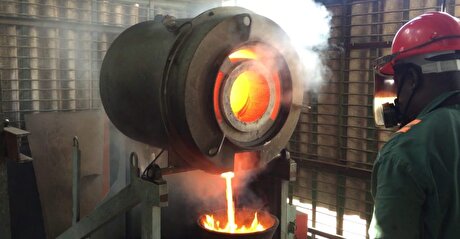
Zimbabwe labs overwhelmed as gold rally spurs exploration, miner says

Samarco gets court approval to exit bankruptcy proceedings

Cochilco maintains copper price forecast for 2025 and 2026

Gold price stays flat following July inflation data

Mosaic to sell Brazil potash mine in $27M deal amid tariff and demand pressures

HSBC sees silver benefiting from gold strength, lifts forecast

Glencore seeks $13 billion in incentives for Argentina copper projects
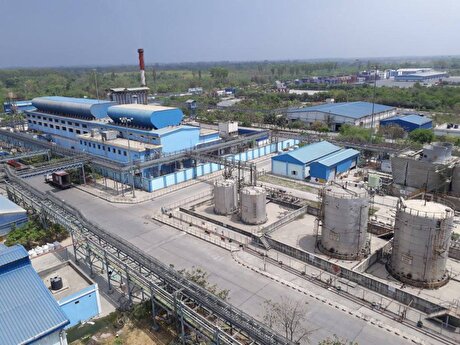
Hindustan Zinc to invest $438 million to build reprocessing plant

Samarco gets court approval to exit bankruptcy proceedings

Abcourt readies Sleeping Giant mill to pour first gold since 2014

Roshel, Swebor partner to produce ballistic-grade steel in Canada

EverMetal launches US-based critical metals recycling platform

Iron ore price dips on China blast furnace cuts, US trade restrictions

Afghanistan says China seeks its participation in Belt and Road Initiative

Gold price edges up as market awaits Fed minutes, Powell speech

Flash Metals USA advances critical minerals recovery plant in Texas

Glencore trader who led ill-fated battery recycling push to exit
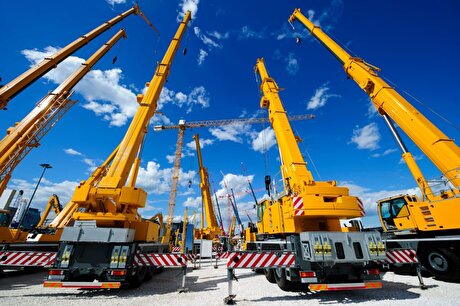
US hikes steel, aluminum tariffs on imported wind turbines, cranes, railcars

US appeals court temporarily blocks land transfer for Resolution Copper

Abcourt readies Sleeping Giant mill to pour first gold since 2014

EverMetal launches US-based critical metals recycling platform

Iron ore price dips on China blast furnace cuts, US trade restrictions

Afghanistan says China seeks its participation in Belt and Road Initiative

Gold price edges up as market awaits Fed minutes, Powell speech

Flash Metals USA advances critical minerals recovery plant in Texas

Glencore trader who led ill-fated battery recycling push to exit

US hikes steel, aluminum tariffs on imported wind turbines, cranes, railcars

US appeals court temporarily blocks land transfer for Resolution Copper














